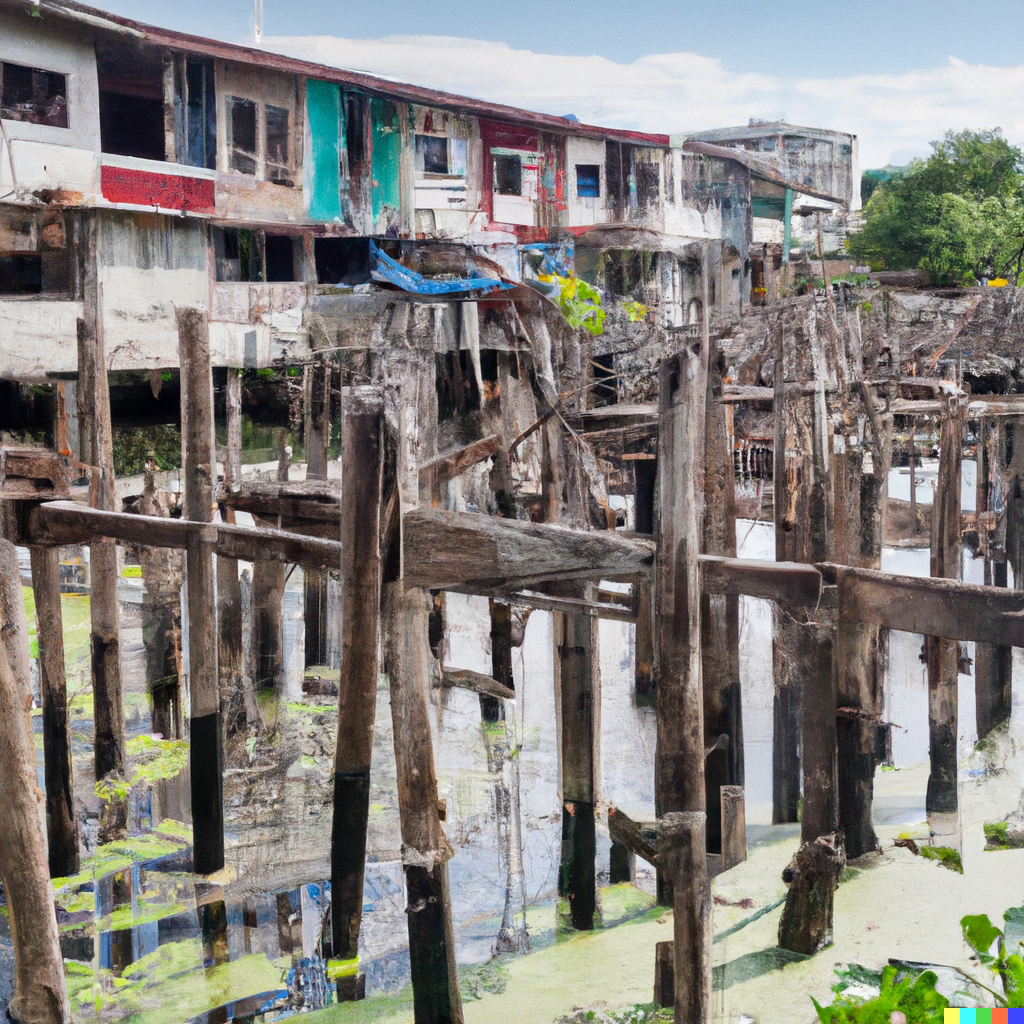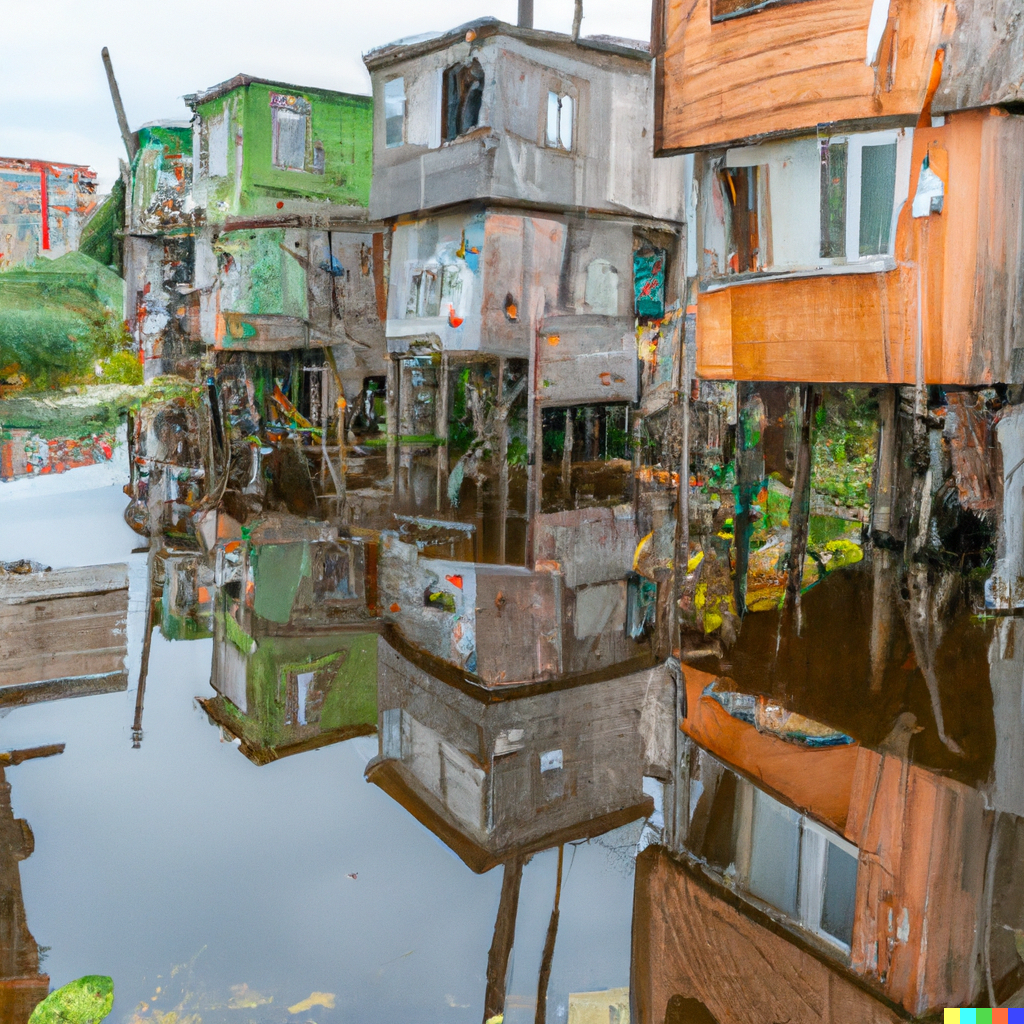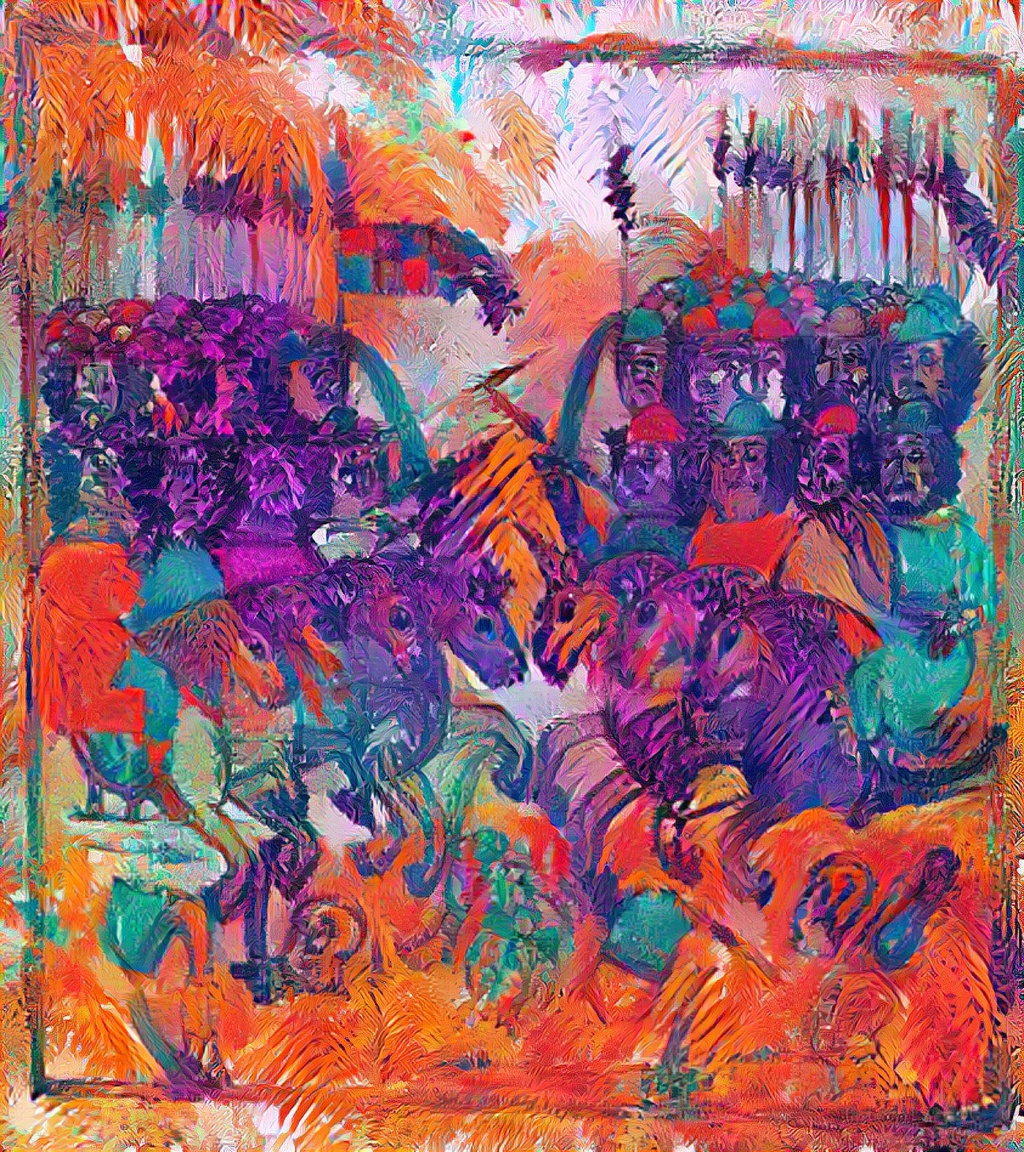
A swampy heap that survives by the fame of its black markets. Fauxpool’s underdeveloped state offers advantages for such illicit trades that other locations fall short of. One of these is the number of its districts that are accessible only by narrow-boat and require a strong familiarity with the city’s winding ways.
Fauxpool’s architectural view consists of precarious stilted structures, almost of them in varying degrees of dilapidation. A unique feature of the landscape are the ancient Supine trees whose canopies shroud most of the city in perpetual shade. A boon in hotter times, but a feature that many visitors and residents describe as a “cover of gloom”.
Like much of the Lowlands the city is haunted by poverty. Fauxpool has the highest birth rates, the highest mortality rates, and the lowest rates of literacy and economic growth in all of Palmetto. Only one school has remained in operation and it is under-attended.


The custodial House assigned to Fauxpool and its exurbs is House Dion. The House has no historical connection to Fauxpool or the greater Lowlands zone. The assignment of House Dion is a punitive one resulting from the outcome of the Good Revolution’s inquisitions.
Read more about Fauxpool and others like it on Kindle Vella.





Leave a comment